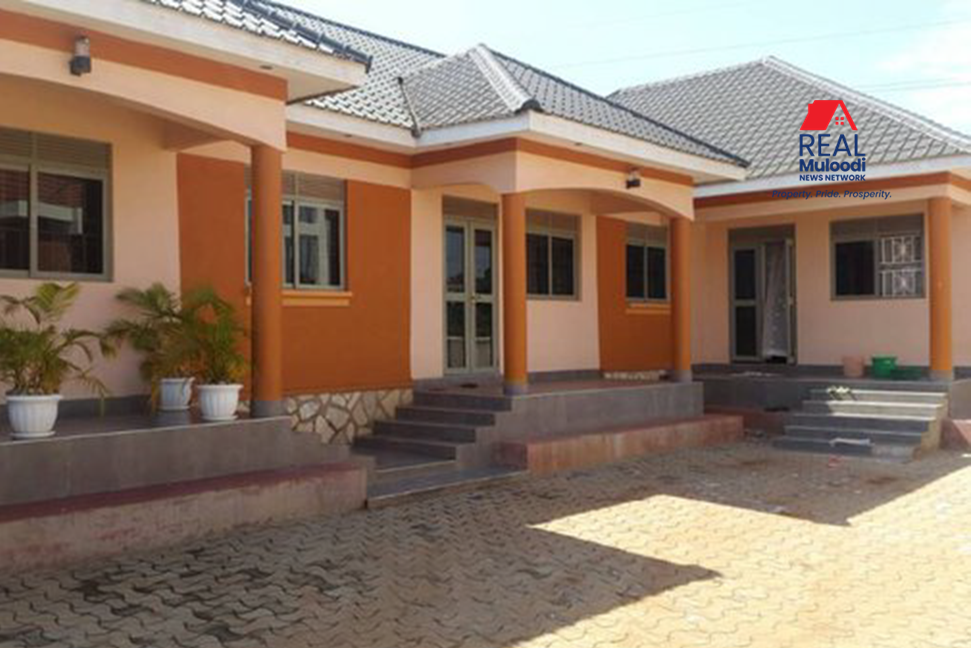UGANDA, Kampala | Real Muloodi News | Kampala has been undergoing a dramatic transformation in recent years. The city’s various neighbourhoods are rapidly changing due to gentrification and the conversion of residential dwellings into business rentals.
These trends are fundamentally altering the urban landscape and significantly driving up the cost of rent.
Gentrification, a global phenomenon where wealthier inhabitants gradually replace a district’s original residents, has made its way to Kampala.
According to Benjamin Rukwengye, as wealthier Ugandans and expatriates are drawn to the city’s cultural dynamism and economic opportunities, traditional neighbourhoods are seeing an influx of new residents.
These residents often have higher incomes and a greater demand for upscale amenities, leading to an increase in property values and rents.
Rukwengye says, “It is a good thing because it portends an upgrade in the quality of life. But the problem is with what happens to the poor inhabitants that get displaced in the process?”
Consequently, long-standing residents, unable to keep up with these rising costs, are forced to relocate to cheaper, often peripheral, city areas.
The charm and character of neighbourhoods like Kololo and Nakasero have attracted affluent individuals, driving up rental costs as the demand outpaces supply.
Renovations and redevelopments are expected, with buildings transformed to match the luxurious tastes of these new inhabitants.
Such gentrification-induced rental price hikes are not just a challenge for current residents but also deter potential middle and lower-income renters from moving into these areas.
Parallel to gentrification, another transformative force is at play in Kampala: the conversion of residential properties into commercial rentals.
Entrepreneurs are increasingly finding value in repurposing residential homes into businesses like offices, restaurants, or boutique hotels.
From the perspective of the property owners, this shift is economically advantageous since business rentals often command higher rents than residential leases.
Neighbourhoods such as Naguru and Bugolobi are witnessing a surge in this trend of commercialisation, further exacerbating the scarcity of affordable housing.
While this shift bolsters the city’s economic dynamism, it also raises critical issues about affordable housing and the displacement of residents.
Both trends – gentrification and commercialisation – contribute to an increasingly unaffordable housing market in Kampala. As a result, many people are being priced out of their homes and communities.
This housing crisis also puts pressure on the outskirts of the city, which is experiencing unprecedented population growth, often without sufficient infrastructure or services to support the influx.
As Kampala continues to evolve, these twin forces demand close attention and deliberate action from policymakers, urban planners, and civil society to ensure that all of Kampala’s residents can participate in and benefit from the city’s growth.
Potential measures could include rent control, zoning policies that limit commercialisation in residential areas, or incentives for the creation of affordable housing.
READ MORE LIKE THIS:
Kampala Real Estate Market Stabilises Despite Low Economic Activity
Uganda Needs 300,000 Housing Units Annually for Increasing Population
Government Taxes Are Not To Blame for Rising Rental Rates in Kampala
Why Isn’t Real Estate Development Alleviating Uganda’s Housing Crisis?



